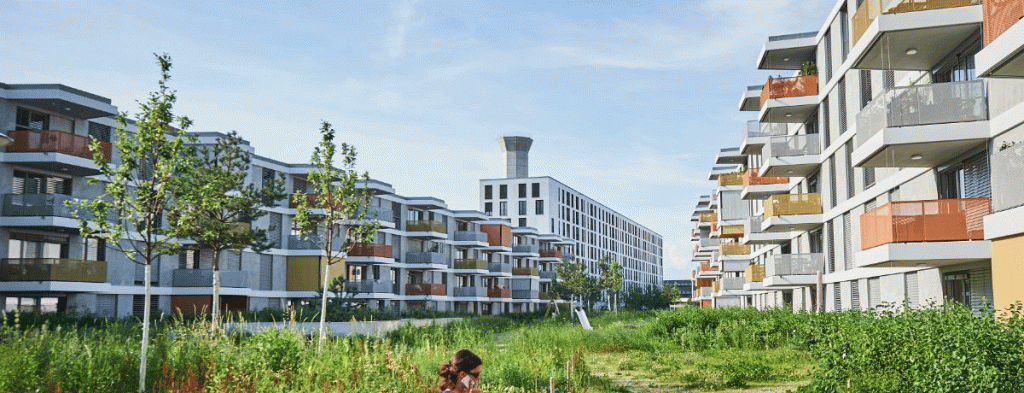
By Jeremy Williams
A sustainable future is one that uses clean energy, but that’s not a straight swap from fossil fuels. If we had all the time and money in the world, perhaps it could be. Given the urgency of climate change, however, developed countries will have to reduce energy demand at the same time as expanding renewable energy. The more efficient we are and the less energy we require, the easier the transition away from fossil fuels will become.
That is broadly acknowledged in environmental circles, and demand reduction is incorporated into most action plans for decarbonising energy. In the Climate Change Committee’s advice on how Britain could reach net zero, for example, it’s the very first point they make: “reduce demand for energy across the economy.”
But that begs the question – how far should we aim to reduce demand? What is a reasonable standard? How much energy is enough for the average person?
There’s an interesting answer to those questions in the form of The 2,000 Watt Society, an initiative from Switzerland. Developed in the late 90s, it’s a target for primary energy use. Access to 2,000 watts of energy is enough to participate fully and comfortably in a modern lifestyle, and it can be delivered for about one tonne of CO2 a year. But at the start of the project the average Swiss person used almost three times that:

As the graph shows, there is huge inequality in energy use. Americans use over 12,000 watts, while usage can fall as low as 300 in Bangladesh. 2,000 watts is point of convergence – over-consumers can reduce their energy use towards that share, while others in developing countries can expand their usage to meet it.
In Switzerland today, this is not just a vague aspiration, but a national standard. Communities and housing developments are designed and certified as 2,000 watt sites by the Swiss Federal Office of Energy. And because it is a measure of primary energy use, not just domestic energy, it is a standard that deals with walkability, public transport, infrastructure and the way that people live and move within the location. It’s much broader than accreditations for sustainable buildings and creates a holistic vision for sustainable communities.
There are now over 30 communities either complete or in development, listed on the 2,000 Watt Society website. I might profile one or two of them another time.
The 2,000 Watt Society is slightly confusing because Watts is a measure of the flow of power rather than a total consumed. They’re using an equivalent constant usage, but of course, the way we use energy is very variable. Another way of putting it is that total energy consumption would average 17,500-kilowatt hours per year. As primary energy use, that covers everything from electricity and heating to food and goods bought, to car transport and even flying.
There’s also a potential for confusion because it isn’t in itself a measure of sustainability – you could meet that 2,000 watts with coal power. So it still needs carbon targets around it.
Nevertheless, what The 2,000 Watt Society does well is that it puts a clear figure on what a sustainable lifestyle means, not just for the residents in their communities, but for everyone. “Every human being has the same right to use the resources the earth provides. This applies to both today’s generation in all parts of the world and to future generations.”
Designing for 2,000 watts is a vision for a more equal world as well as a sustainable one, a world of universal energy access, and one with a growing number of communities modelling what it looks like.
First published in The Earthbound Report.
Categories: energy, Lifestyle, sustainability
3 replies »